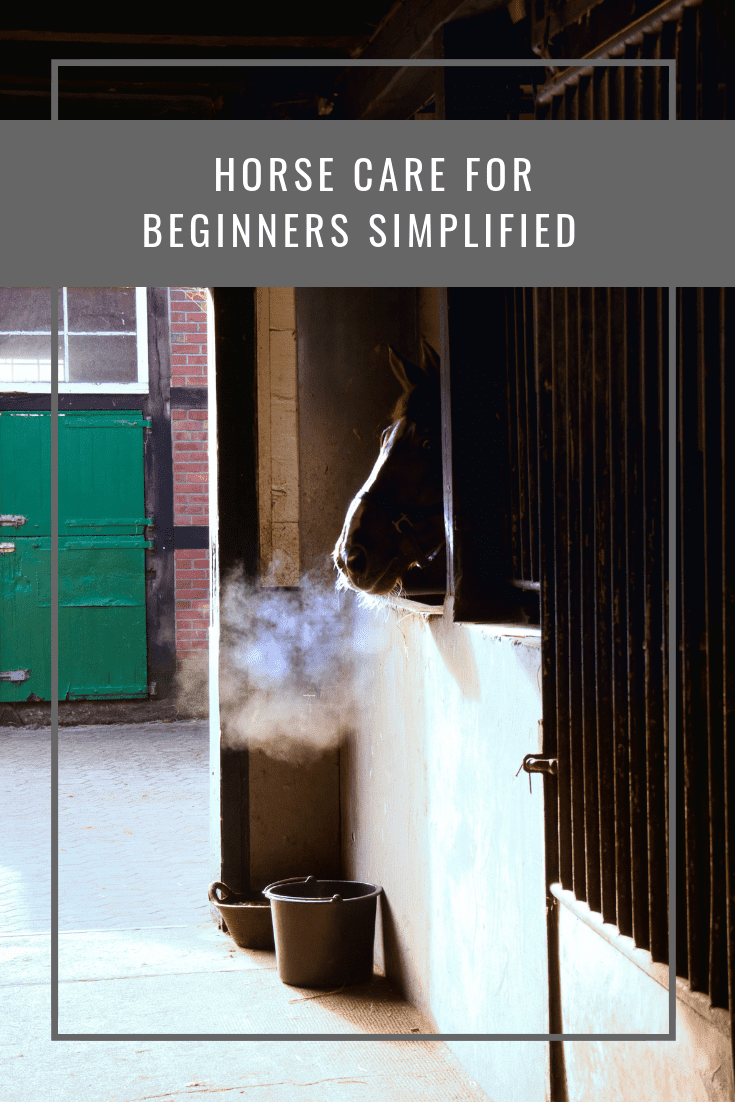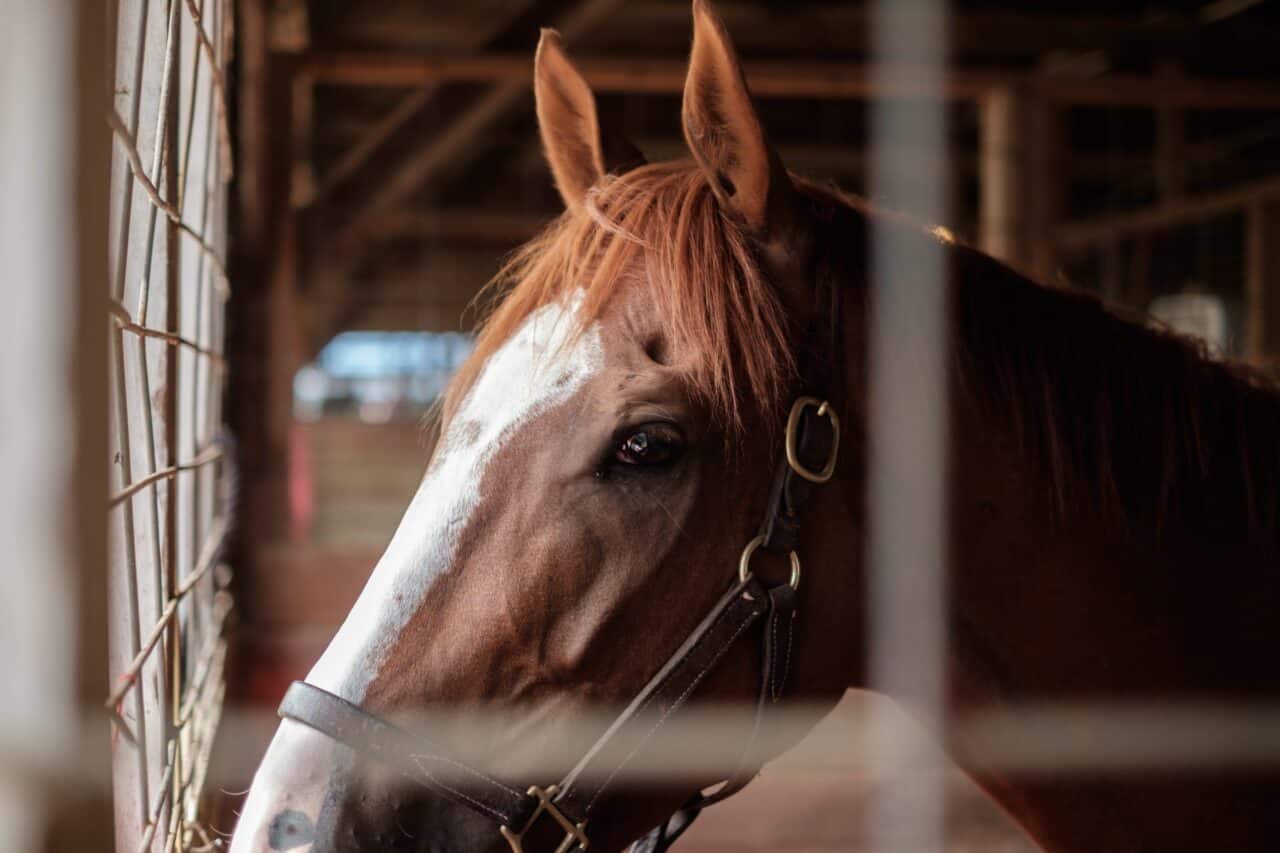Here is a simplified guide to horse care and ensuring its long healthy life. So, gear up with horse equipment in the UK and get your new riding companion without hesitation.
Horses are majestic creatures. They are strong, beautiful and make excellent companions.
Some people realise this and thus appreciate the experience of riding a horse much more than others. There are also a few who keenly observe the splendid sight of a horse running and wish to get on a saddle themselves.
However, the equestrian world can be daunting for beginners. There are several terms and know-how they are unfamiliar with and caring for a new horse is one such area.
Horse Care for Beginners – What do you need to know?
Embark on a simplified journey to horse care, crucial for enthusiasts of bridles for horses. This guide offers fundamental insights into nurturing and maintaining your equine companion, ensuring a long, healthy life, and fostering a rewarding bond between horse and rider.

Fresh water
Fresh water is a necessity for all creatures, including horses. The amount of water that your horse will require depends on its feed, age, size, health and workload. If it’s a mare, whether it is pregnant or nursing will also be a factor. Overall, an adult horse requires at least 10 gallons of water.
If you reside in an area where water can freeze during winters, you will have to take extra care to maintain the necessary water levels. Also, a horse cannot eat snow. Thus, installing a water heater is an excellent idea to provide water of adequate temperature levels.
Feed
It is commonly known that horses eat grass and hay. Their consumption level will also depend on factors such as age, health and workload. Another factor to consider while feeding them is their metabolism.
It is best to feed horses in small quantities throughout the day and make the grass or hay available throughout the day. One must, however, monitor the level of feed consumption for each horse to prevent obesity. Equine health supplements are brilliant for maintaining horse health.
Shelter
Shelters are paramount to protect your horse from weather conditions such as rain, snow, harsh sun and winds. Choose an area that remains dry and is well-ventilated.
Shelters do not necessarily mean barns and stables. In most cases, a run-in shelter will also suffice. Here is how they differ from one another:
- A run-in shed is a three-sided building built from concrete blocks, metal, wood and sometimes fabric. It should be wider than it is deep and have a large opening, especially if you have many horses. Horses can come and go freely from run-in sheds although they may take some time to get accustomed to it.
- A stable, on the other hand, is a building which is covered from all sides. Horses are kept in separate stalls with individual doors in them, so the horses cannot come and go as they please. An advantage of stables is that it is easier to monitor each horse’s feed and manure production, which are good indicators of the animal’s health. However, they cost more than run-ins and require higher maintenance.

Tying your horse
It is essential to know how to tie your horse even if you let it roam free in the field in your property. There will be situations, such as a trip to the veterinarian, where it needs to be tied securely.
Always tie the horse to a wall or a secure post. Horses can be tied to fences as well. However, old or poorly built posts can get ripped with some effort. Also, do not tie the horse too tightly as it might injure its neck if it panics.
Investing in the right riding gear
Equipping a horse involves more than just basic gear; it’s about ensuring both the rider’s and the horse’s comfort and safety. From essential items like saddles, bridles, and reins to protective gear like turnout boots and protective wraps, each piece plays a crucial role. The right equipment not only facilitates effective communication between rider and horse but also safeguards against potential injuries.
Horses often get joint injuries, so using protective boots is always a good idea. Exploring options like LeMieux horse travel boots can provide valuable insights into why and how to use them effectively.
Fencing
Fencing is another vital part of horse care. While no fencing guarantees complete safety, some choices are better than others. Wood fencing is commonly used and is a good option only if one is ready to provide regular maintenance. Electric fences are suitable for large properties. Pipe fencing is low-maintenance but may be unsuitable for very humid conditions.
Preparing yourself
A horse is an excellent addition to any horse rider’s home. However, it is important to understand that horses require care, comfort and regular health checkups with a veterinarian. One must also invest in proper attire for horse riding such as equestrian yard boots for a safe and pleasant ride.
































